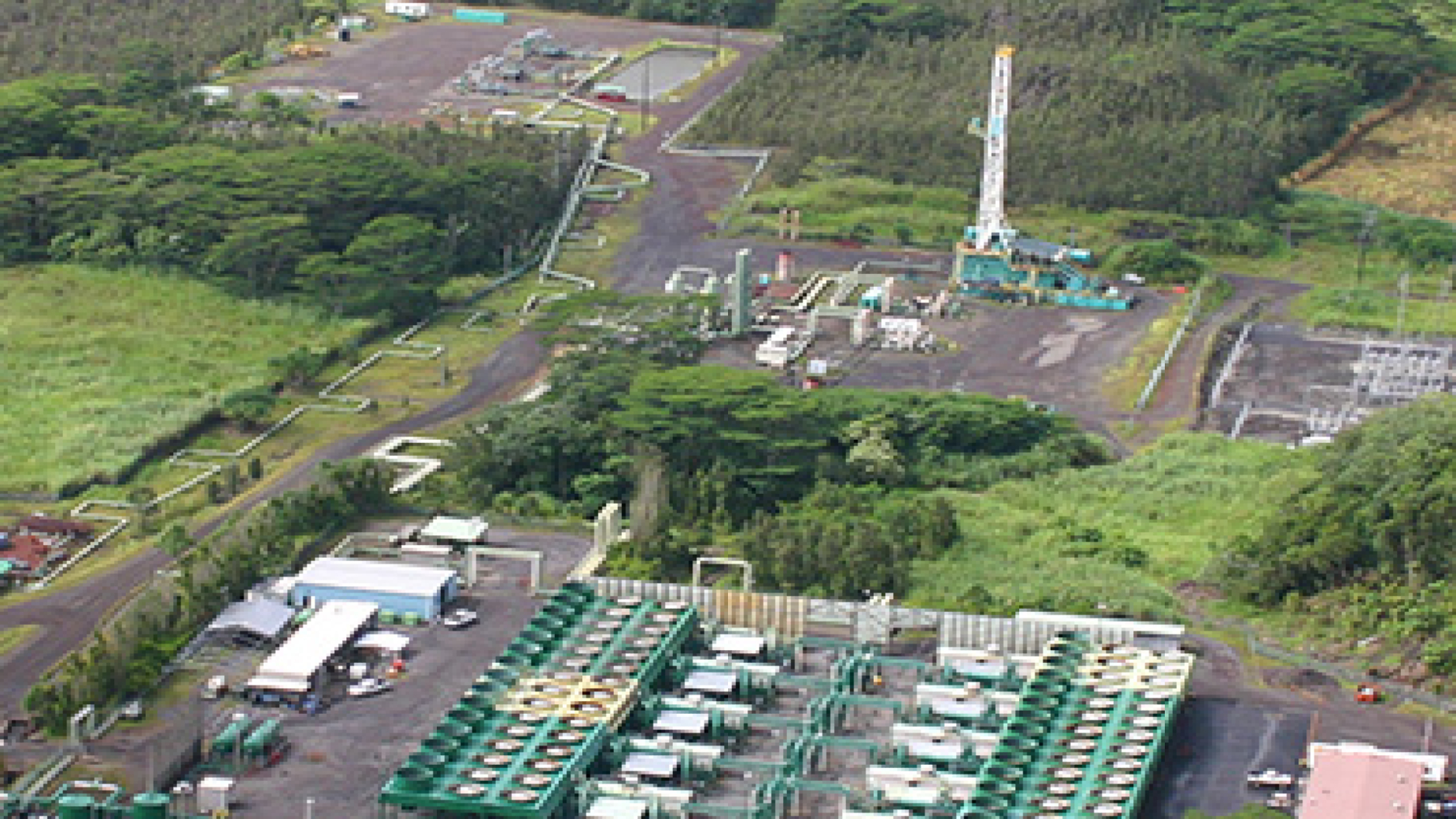Hawaii could have the energy we have been looking for for decades: It would be inside its volcanoes
October 4, 2024

Hawaii is converting their energy landscape they set out on a driven voyage to accomplish 100% clean energy. With the latest strategies for geothermal evaluation in Maui as well as the implementation of progressed battery storage systems, Hawaii is ready to capitalize on their distinctive resources.
Hawaii geothermal project: $5 Million leap to renewable energy
Hawaii State Energy Office has introduced a geothermal discovery initiative in Maui which is financed by a $5 million state financing grant developed from COVID-19 federal aid. Mark Glick Chief Energy Officer, emphasized the significance of understanding the capability of Hawaii’s geothermal, asserting, “For me, it’s a real priority for this office to better understand how far we can go with geothermal.” This initiative kicks off a nationwide geothermal survey, featuring three places on Maui which are already under review for excavating.
Geothermal energy offers a favorable solution to the energy requirements of Hawaii, mainly because it already gains advantages from significant solar as well as wind resources. Presently, Hawaii runs the Puna Geothermal Power Plant on the Big Island, that has been bouncing back from the destruction endured throughout the Kilauea Volcano explosion in 2018. Procedures to develop Puna’s power from 38 MW to 60 MW are proceeding, implying a convincing dedication to utilizing geothermal energy as a dependable, renewable source.
Hawaii’s clean energy transformation: Kapolei energy storage launches
The transition to clean energy by Hawaii is backed by the newly active Kapolei Energy Storage establishment near Honolulu. This establishment features a 185 MW battery system which stores energy once renewable sources such as solar along with wind are inaccessible. As Hawaii Climate Coalition, Jeff Mikulina states, “If you’ve been to Hawaii, you’ve seen a renewable future – and it’s paradise.”
These batteries, made of lithium iron phosphate aid in overseeing energy difficulties, providing electricity to 17% of Oahu for just three hours throughout peak hours. This advanced system allows Hawaii to count on more solar power without overfilling the grid, decreasing the requirement for restriction of additional renewable energy.
Furthermore the Kapolei establishment improves grid solidity by offering synthetic inertia, permitting quick replies to energy demand variations. This guarantees a dependable energy provision as Hawaii intends free of coal by 2023 as well as accomplish 100% renewable energy by 2045.
Clean energy goals: An example nationally
The efforts of the state to transition to renewable energy act as a fundamental research study for other states wanting to adopt clean energy. Hawaii with 32% of their energy now obtained from renewables, is underway to meeting their determined objectives. The groundbreaking approaches utilized in the state, consisting of the Battery Bonus program which motivates rooftop solar as well as battery installations, emphasize the possibility for public engagement in the shift to green energy.
Regardless of the difficulties going forward, including the requirement for progresses in ecological aviation fuel as well as tackling difficult laws related to solar installations Hawaii’s dedication to clean energy establishes an inspirational example. As Hawaiian Electrics, Colton Ching, appropriately states, “This system is larger as a percentage of the electricity system than any other battery in the world.”
Hawaii’s journey concerning a clean energy future goes beyond just a local project, it signifies a larger concept for environmental energy resolutions globally. With geothermal discovery in Maui along with revolutionary battery storage technology, the state is a leader of renewable energy modernization. While Hawaii navigates the complications of this shift the state provides significant perceptions together with motivation for others seeking to utilize clean energy as well as to decrease fossil fuel dependence. The dedication to a sustainable future is evident, making Hawaii a ray of hope for the international clean energy crusade.
Search
RECENT PRESS RELEASES
Related Post




